
Hurricane season is a critical period for Puerto Rico, and being prepared can make the difference between safety and danger. In
Every day we use devices that require electricity to function. It is very difficult to imagine our routine without them. The modern era has made them a landscape within our daily life, it has made us assume them natural, that we do not think about them too much but that we use them and that's it. The fact that we only notice the phenomenon of electricity when there is a blackout (that is, when it is conspicuous by its absence) confirms this.
This being the case, we rarely ask ourselves the following question: How does electricity reach our homes? However, this question addresses an essential issue on which the normal development of everyday life depends in our homes, our offices, our industries and, in general, society. It is intriguing that it is enough to plug in a machine and it works, the vast majority of times, without complications. What happens behind the outlet?
Next, we will take a trip from the moment electricity is generated to when it charges the battery of our mobile phone. There are three fundamental stages: the generation of electricity, its transport, and its commercialization.
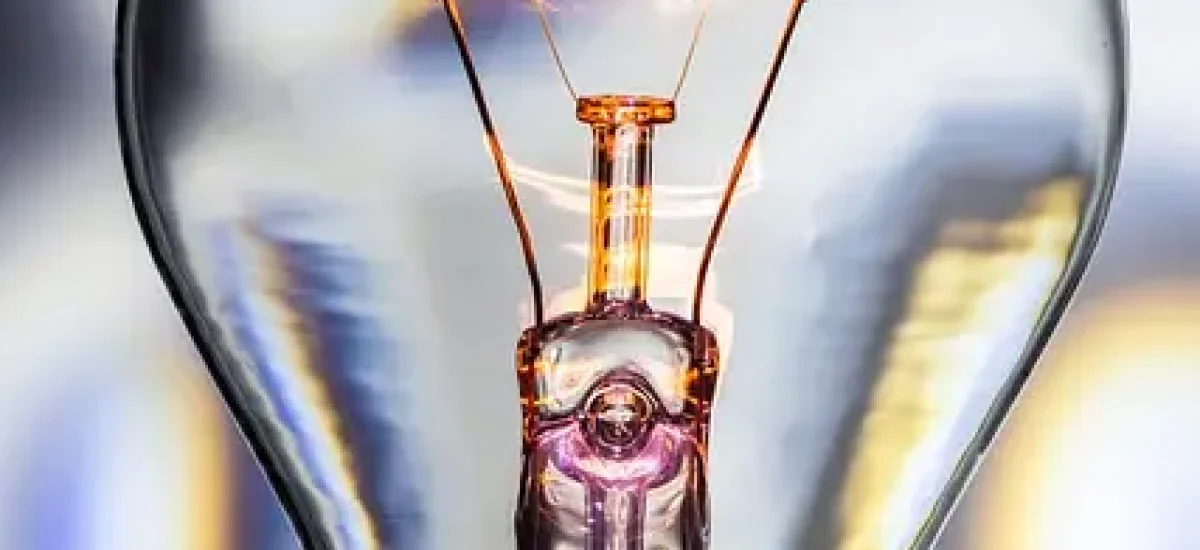
As we saw in How is electrical energy produced?There are many ways to generate electrical energy. Electricity is obtained through the use of primary natural resources, which can be renewable or non-renewable.
Among the first we count the solar panels and the wind farms. Although they are clean energies and offer many advantages (directing us towards a promising decarbonisation of the economy), they still do not enjoy the robustness of ways of obtaining electricity. The one that is very robust, given its efficiency and longevity in the energy field, is the hydroelectric plant.
Among the second forms of obtaining electrical energy, we find those that use fossil fuels. Among these we find thermoelectric plants, nuclear plants and electric generators. These ways of generating power are really popular, because they are very efficient and cheap.
But there is something that these forms of generating energy have in common, with the exception of solar panels: they work by applying the phenomenon of electromagnetic induction. This phenomenon, explained by Faraday's law, consists of the stimulation of the flow of free electrons in a conductive material by the movement of a magnetic field. This flow of free electrons is, after "refining" in specialized devices and appliances, the electricity we consume.
In thermoelectric plants, which are among the most popular, large amounts of current are generated, in terms of amps. But this amount of current has a very low voltage (that is, the electromotive force or "pressure" with which electricity runs). Carrying large amounts of current with a low voltage would mean a huge cost in materials, since very thick wires would be needed.
To transport it, it is best to increase its voltage and thus make the process cheaper. To increase the voltage of a stream, power plants use transformers. These devices basically consist of two coils and a common core: the current from the thermoelectric generator enters through one coil, and the second is responsible for the output transmission.
They increase the voltage thanks to the fact that inside, in the core, an alternating magnetic field is created that alternately changes the direction of the current. Then, increasing the voltage to several hundred thousand volts, the current is carried through transmission lines. Here, leaving the power plant, the transportation of electricity has two stages: transmission and distribution.
The transmission lines are those that, when we travel outside the city, we see that cross the fields supported on top of large metal structures. They conduct electricity at over 60,000 volts. The cables must be covered with insulating materials and sufficiently separated from each other to avoid short circuits.
These structures, because they are exposed to the elements, must be very resistant. In addition, they must have lightning rods and their corresponding ground poles, to neutralize the impact of possible electrical discharges.
In the city, it is common for these transmission lines to be underground. Several transmission lines, coming from different electricity generating plants, can be found in a distribution substation.
The distribution system begins where transmission lines end: at substations, where a collector is responsible for capturing your electricity.
At this point, in the primary distribution system, the voltage is reduced to a safe level to bring it to the commercial network. Here the voltage is around 14,000 volts.
There are two types of primary systems: radial type, in which a feeder cable leaves the substation and branches are connected to it at intervals; and network type, where two or more feeder cables arrive at a circuit. This second type is more convenient, as it is less prone to general blackouts.
Later, the secondary distribution system will lower the voltage again, to make it friendly to household appliances. This is achieved by step-down transformers. In this way, the voltage drops to between 2,400 and 4,800 volts. Other similar systems will take care of lowering the voltage to the well-known 120 volts. The cables, at this point, are the ones we usually see laying on the streets of the city.
The power lines we see outside our homes connect, via underground connections, to the nearest junction box or manhole. From there, the electricity is distributed to the different buildings, houses or apartments in the sector.
A particular meter registers the amount of current consumed by a user. Its operation consists of a motor with a rotating coil, whose speed of rotation depends on the current that passes through it. In this way, it is possible to measure how much electricity is consumed by someone. The units of electrical current consumption are the kilowatt-hour; that is, the number of thousands of watts consumed in one hour.
From the meter, the cables that carry electricity pass to the fuse or distribution box. This is responsible for distributing electricity throughout the home network. Finally, a switch, or an outlet will be energized.
As we have seen, for electricity to reach our home it has to go through a long and complex process. Many things can go wrong, although most of the time it does not. However, in the face of eventualities, if we don't have power backup, there isn't much we can do other than wait for the power to come back on.
Therefore, to avoid such an eventuality, it will always be a good idea to have a Electric generator, which provides large amounts of energy immediately after a blackout occurs, since it is automatic and very autonomous.
If you are forward-thinking, you will want to know more about Electric generators. So we invite you to see our catalog.

Hurricane season is a critical period for Puerto Rico, and being prepared can make the difference between safety and danger. In
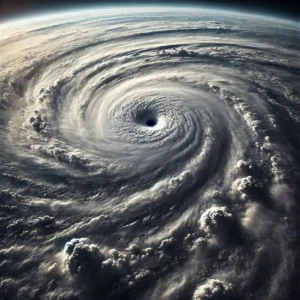
Understanding how a hurricane forms allows us to be one step ahead and prevent the devastating effects of these natural phenomena. Especially in areas
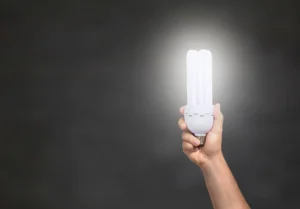
In a world where energy efficiency is increasingly a priority, learning to save energy has become a crucial need for both
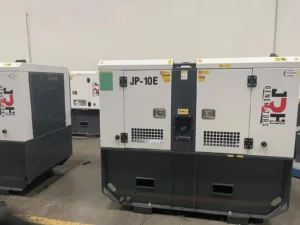
In a world that doesn't stop, the need for a reliable and continuous power source is more crucial than ever. At JRH Power
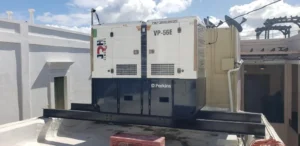
Have you ever wondered how electricity becomes a constant in our lives, even in the most critical moments? At JRH Power
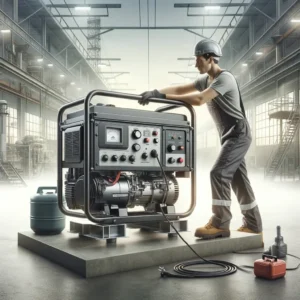
In our modern world, where electricity is vital, power outages are a frequent reality. Know how to connect a generator to the house